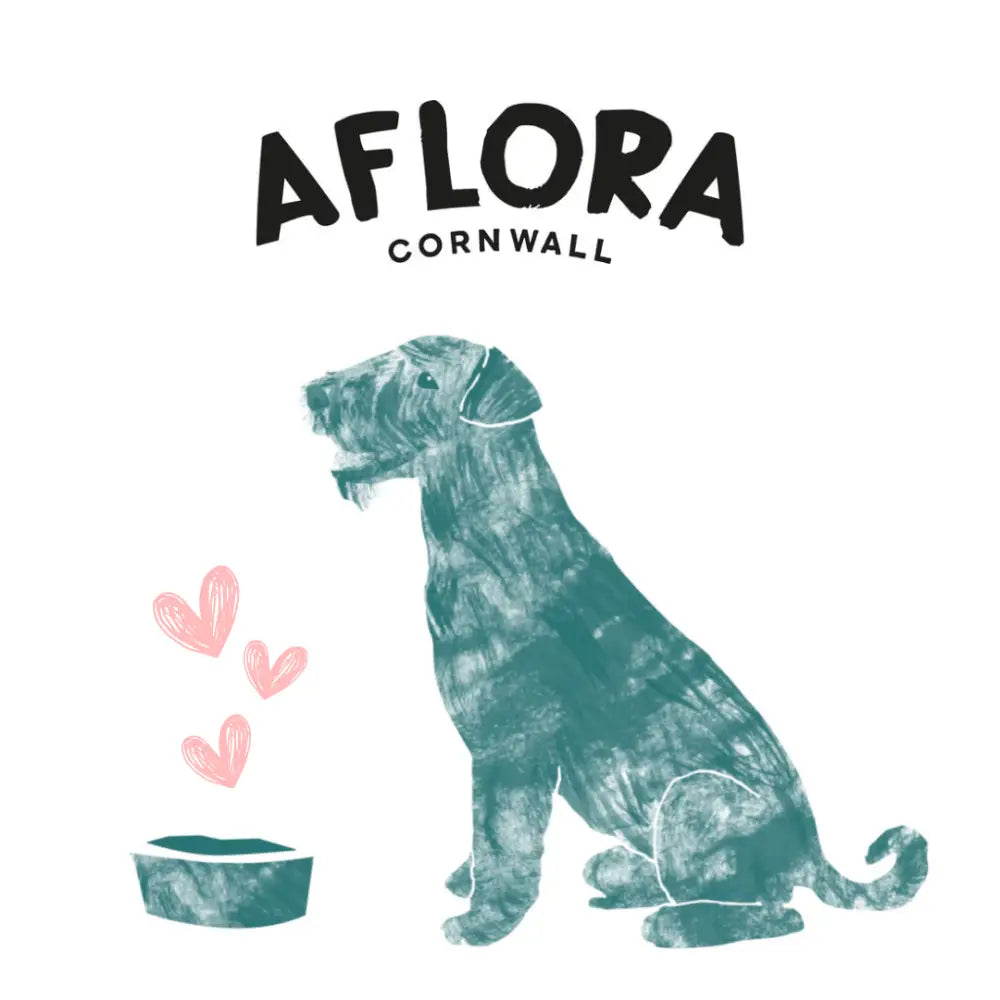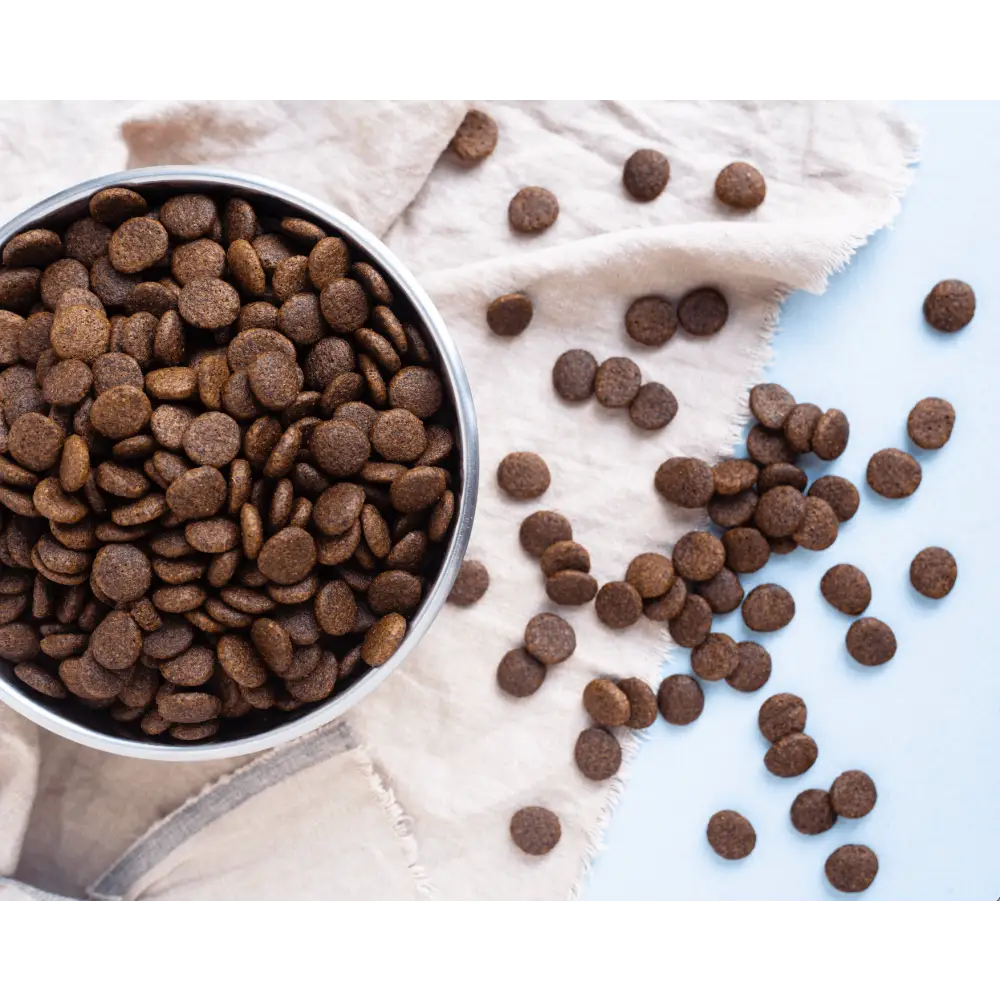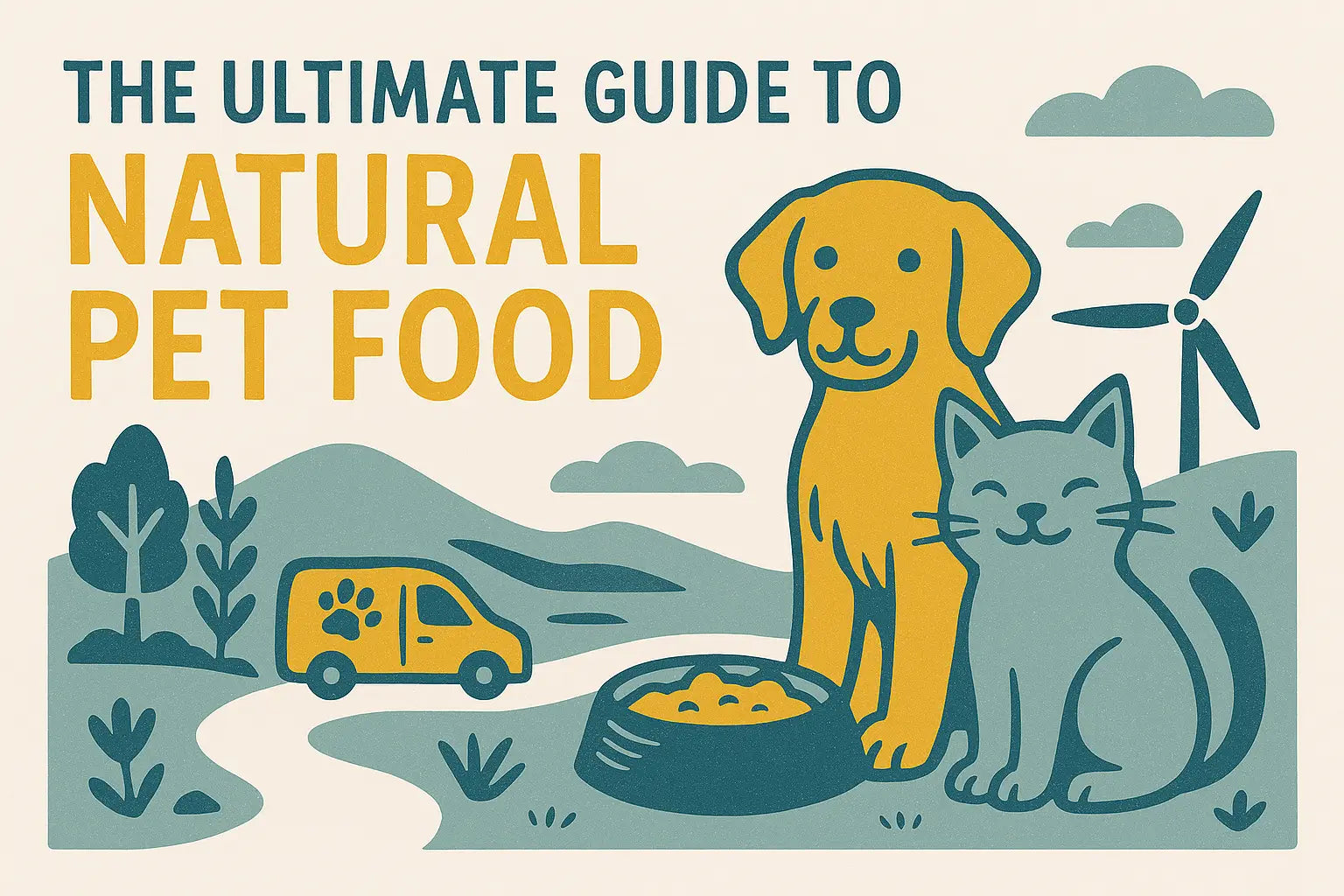Introduction
Natural pet food has become one of the fastest-growing trends in animal care, and for good reason. More pet owners want meals made with wholesome, traceable ingredients that support long-term health. But with so many products on the shelves, knowing what really counts as natural can feel overwhelming.
This ultimate guide explores everything you need to know about natural pet food: why it matters, how to read labels, common myths, transitioning tips, and how to find great value. Whether you share your home with an energetic Labrador, a wise senior cat, or a sensitive-stomached terrier, you’ll find practical advice to keep them healthy and happy.
Why Natural Pet Food Is Worth Considering
The Health Benefits of Natural Pet Food
Feeding natural pet food can make a visible difference to your dog or cat’s health:
-
Improved digestion: Whole, unprocessed ingredients are easier for pets to absorb.
-
Better skin and coat: Omega-rich fish and natural oils can reduce dryness and itchiness.
-
Balanced energy: Natural protein sources maintain steady energy and muscle tone.
-
Reduced allergies: Free from common irritants such as artificial additives and cheap fillers.
Natural diets often replicate what animals would eat in the wild, aligning closely with their biological needs.
Environmental and Ethical Advantages
Choosing natural pet food is also a planet-friendly decision. Many trusted brands source ethically farmed meats, support regenerative agriculture, and use compostable or recyclable packaging—something we at The Pets Larder are passionate about.
How to Read Pet Food Labels Like a Pro
Pet food packaging can be confusing. Here’s how to make sense of it:
-
Named protein first: Look for real meat or fish (e.g. “chicken 60%”) as the first ingredient.
-
Avoid vague terms: Phrases like “meat derivatives” or “animal by-products” often hide low-quality content.
-
Check the analysis: Ensure balanced protein, fats, and fibre.
-
Natural preservatives: Vitamin E (tocopherols) and rosemary extract are preferable to synthetic chemicals.
-
Certifications and sourcing: UK-made, grain free, or organic certifications add confidence.
Tip: Compare dry matter values rather than wet weight for an accurate nutritional picture.
Common Myths About Natural Pet Food
Myth 1: “Natural food is too expensive”
While natural diets may cost more per bag, they can save money on vet bills over time. Pets often eat less when food is nutrient-dense, which can balance out the cost.
Myth 2: “It lacks complete nutrition”
High-quality natural pet food is carefully formulated to meet or exceed FEDIAF standards, ensuring balanced vitamins and minerals.
Myth 3: “Natural equals raw only”
Natural includes raw options but also baked, air-dried, or gently cooked foods—ideal for different lifestyles.
Switching Your Pet to Natural Food Safely
Transition gradually over 7–10 days:
-
Day 1–3: 25% new food, 75% old food
-
Day 4–6: 50% new, 50% old
-
Day 7–10: 75% new, 25% old
-
Day 11+: 100% new
This gentle approach minimises digestive upset and helps your pet adjust to new flavours and textures.
Cost and Value: How to Choose Wisely
-
Price per meal, not per bag: Natural food is dense in nutrients, so servings are smaller.
-
Bulk buys and subscriptions: Options like The Pets Larder’s Aflora Grain Free can save up to 10%.
-
Balanced diet = fewer extras: A complete food means fewer supplements.
Feeding Tips for Everyday Success
-
Provide fresh water at all times.
-
Stick to consistent feeding times.
-
Store food in airtight containers to retain freshness.
-
Treats should make up no more than 10% of daily calories.
-
Rotate proteins (chicken, fish, lamb) to keep meals interesting and nutritionally varied.
Simple Homemade Natural Treat Recipe
Carrot & Oat Bites
-
1 cup rolled oats
-
1 cup grated carrot
-
1 egg
-
1 tbsp coconut oil
Mix ingredients, roll into small balls, and bake at 180 °C for 15–20 minutes. Store refrigerated and feed as occasional treats.
Recommended Natural Products from The Pets Larder
Here are a few products that align with everything in this guide:
-
Aflora Grain Free Dog Food – Balanced recipes inspired by our beloved Airedale, Flora.
-
Natural Dog Chews – 100% digestible rawhide alternatives for dental health and enrichment.
-
Lily’s Kitchen Natural Meals – Vet-approved recipes for both dogs and cats.
And for further reading:
FAQs
Q1: What is natural pet food?
Natural pet food is made with minimally processed, wholesome ingredients and contains no artificial additives, colours, or preservatives.
Q2: Is natural pet food better for allergies?
Yes. By avoiding fillers and artificial ingredients, natural diets can reduce common allergy triggers and improve skin and digestive health.
Q3: Can I mix natural dry and wet food?
Absolutely. Combining high-quality dry and wet food can add variety and extra hydration, as long as daily calorie needs are balanced.
Q4: How do I know if a brand is truly natural?
Check that real meat or fish is listed first, avoid vague “meat derivatives,” and look for transparent sourcing and UK quality standards.















